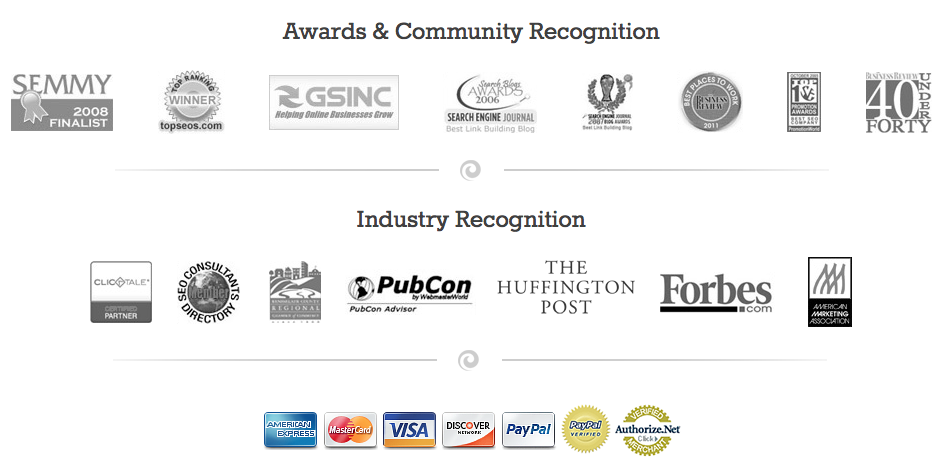Orange County SEO™ Blog
Business Blogging: How to Hit the Sweet Spot of Social Engagement and Revenue Driver
You’ve heard your SEO or marketing consultant recommend a blog, and you get it. After all, a blog allows you to do lots of great things for your business:
- Put a face on your company.
- Do reputation management, to deal with negative feedback.
- Strengthen the focus of your site with new ideas and content.
- Publish funny, entertaining or otherwise “viral” content that will get you attention online.
You know that blogging for your customers will build trust in your brand and improve users’ experience with you, making them more likely to associate themselves with you in the future. But you still have questions. Like, what can I expect the blog to contribute to sales? And if not directly connected to sales, how will I measure the blog’s success?
Blog KPIs
First understand that blogging is an awareness channel, positioned at the top of the conversion funnel. Conversions assigned to the blog should be things that create another connection between you and the audience, like a newsletter sign-up or Facebook like. The goal of the blog is to have people actively choose to connect with you elsewhere, a position that will put you at the customer’s top of mind when a need for your product or service surfaces.
A 2011 State of the Blogosphere report from Technorati Media surveyed bloggers, and the results of the question, “How do you measure the success of your blog?” saw a variety of responses:
In 2011, personal satisfaction, unique visitors and number of comments were reported as the top 3 ways bloggers measured the success of their blogs.
Along with the metrics listed above, today it’s generally recommended that businesses engaged in social media track the search volume of branded terms — a good indicator of the effectiveness of social media efforts and the share of market voice.
Conversion Tracking on Your Blog with Google Analytics
Now that you know a few things to measure your blog with, here are some basic steps for putting in place tracking with Google Analytics.
Before you get into GA to set your goals, outline what your blog success metrics will be. Everything from clicking through to social accounts like Facebook, Twitter and Google+, to form completions to signing up for your email list or newsletter, time spent on site and pages per visit might align with your business goals.
With that straight, use Google Analytics set up tracking for those conversions with a variety of goal types:
- URL destination: When a user hits a page that signals a conversion, like a thank you or confirmation screen, that’s a goal.
- Visit duration: Time spent on a page is a type of goal that aligns well with the engagement role of a blog.
- Pages per visit: Here again, your blog will be doing its job if it causes visitors to hit multiple pages on your site.
- Event: Actions like downloads, video views, specific links and buttons that get clicked — these may line up with conversion goals you have for your blog.
With an understanding of what your blog is doing for you and GA set up to measure and track those actions, you’ll know why you’re blogging and how the investment is contributing to your business.



















